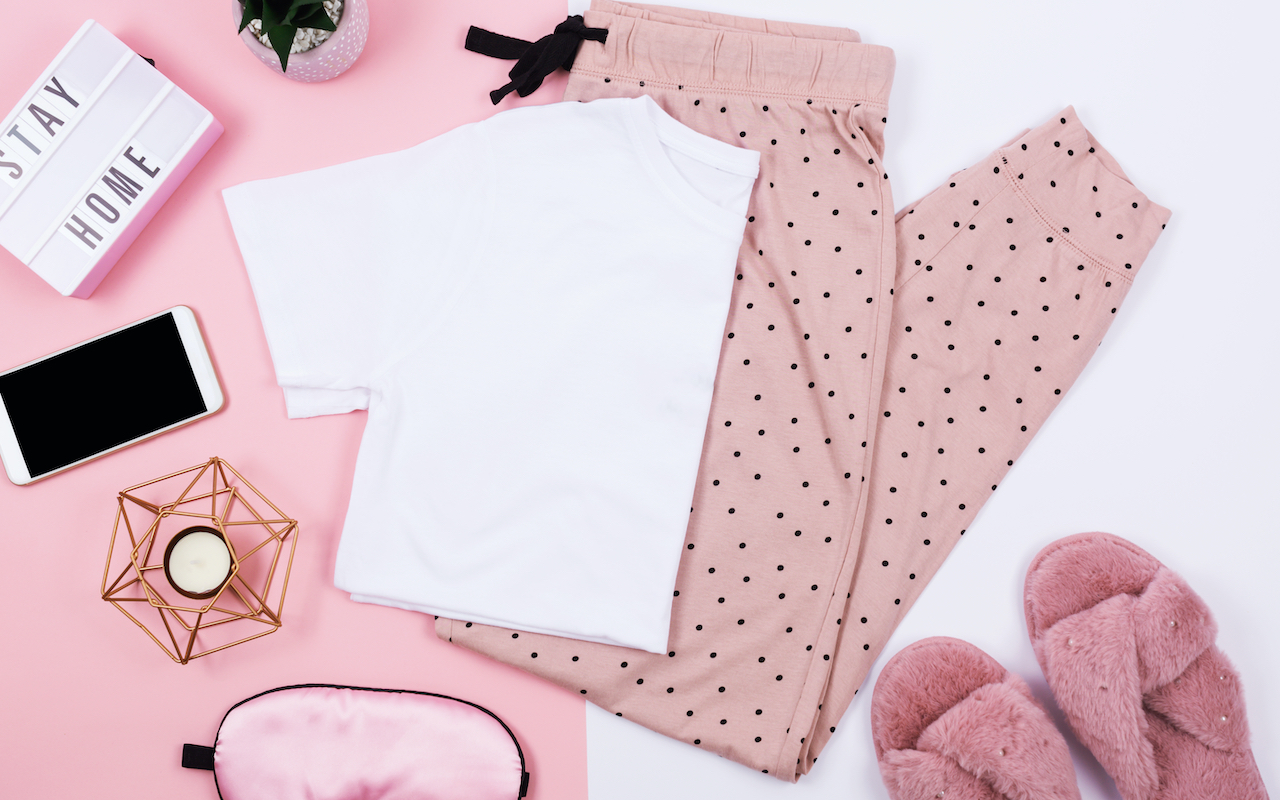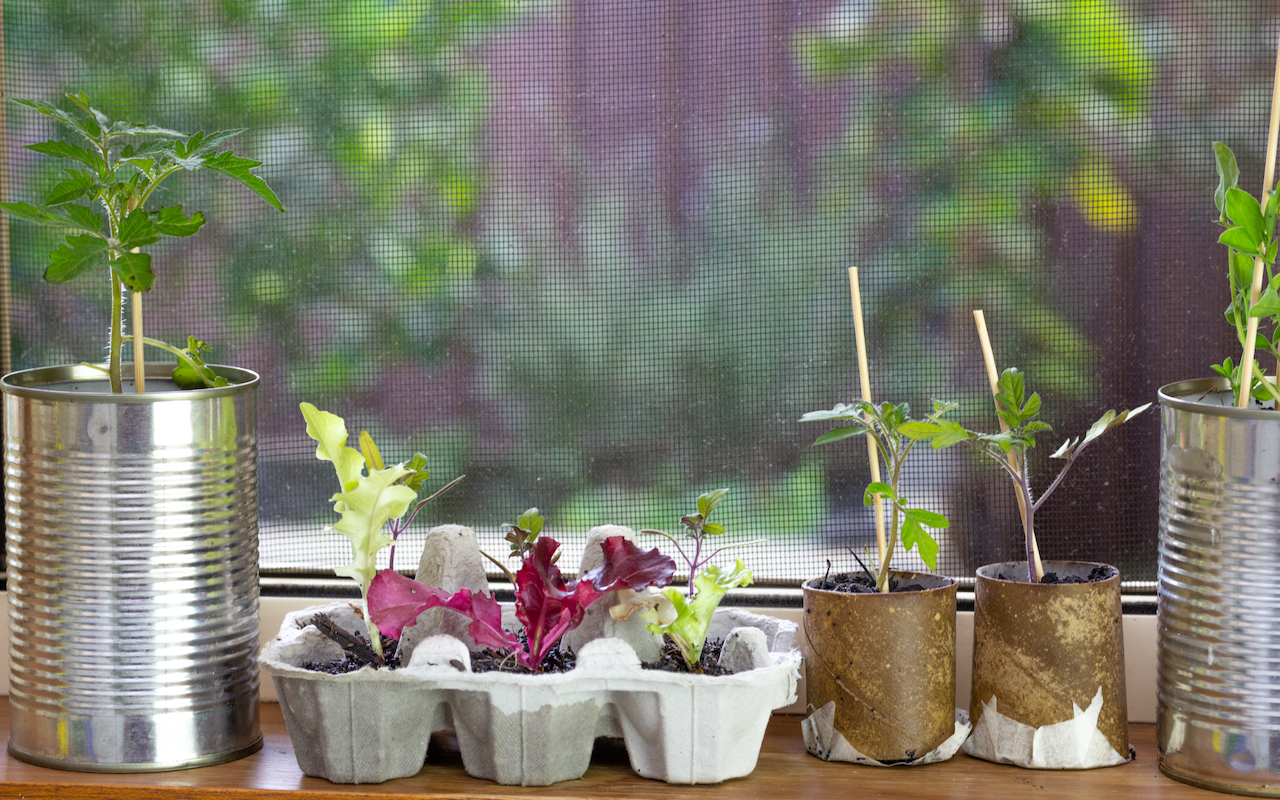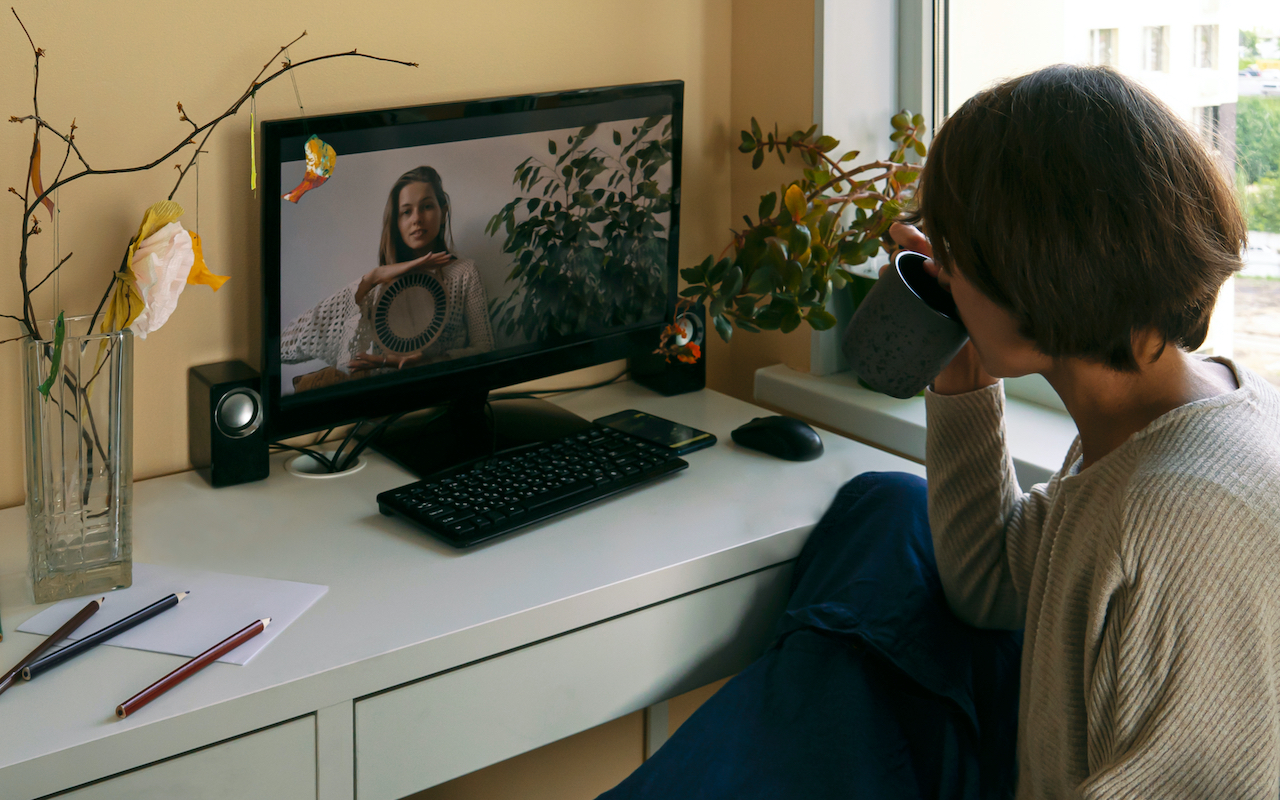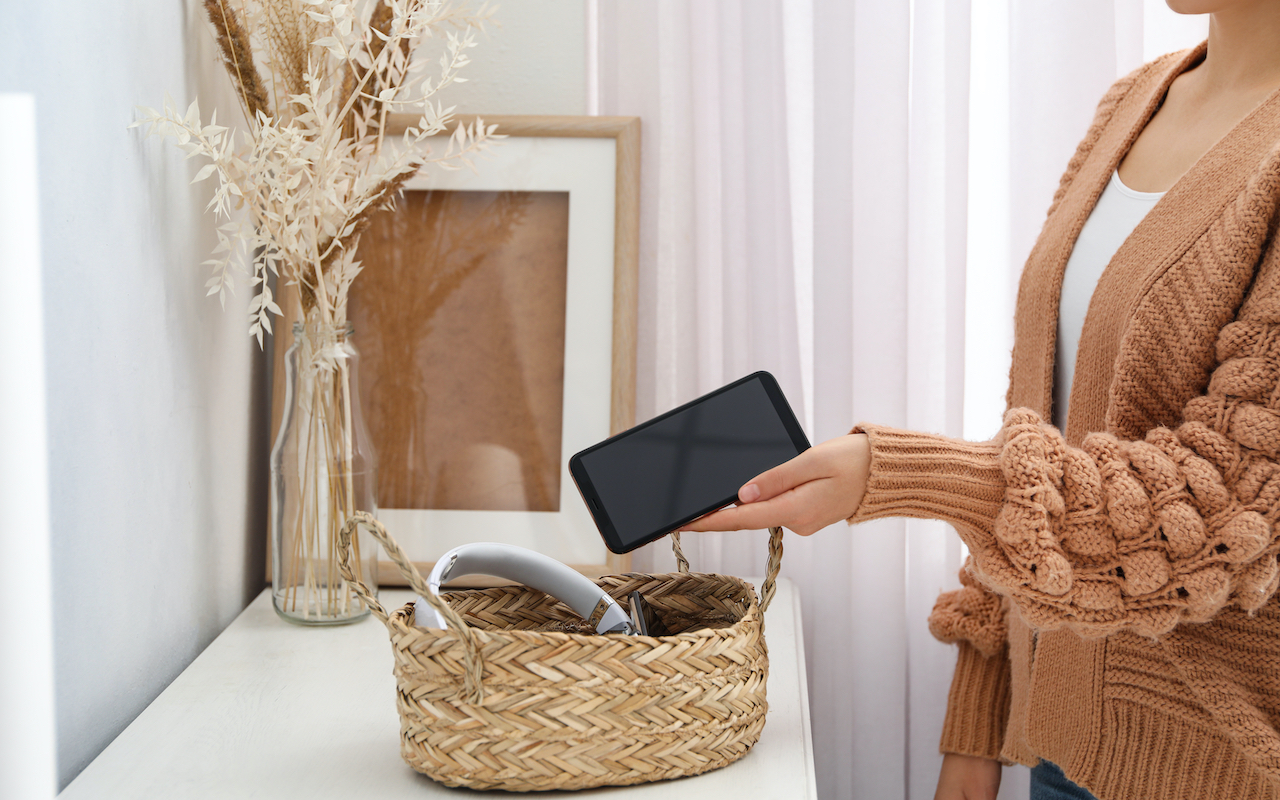In the wake of what has been a trying year, one of the biggest silver linings is the shift in conversation about wellness and mental health. Across the world, data has revealed that people are now devoting more time and attention to their mental and physical wellbeing, with the wellness industry projected to boom further in 2021.
Perhaps the biggest trend is how we’re now looking at various ways to introduce spiritual, emotional and environmental wellness into our homes, which have more than ever become our sanctuaries (and office, personal gym, classroom, you name it) this year. They range from simple additions such as indoor plants and gardens to sophisticated tech like smart light solutions. Read on to find out which wellness trends are projected to take off in 2021.

1. Forget athleisure; lounge wear is here to stay
Stay home mandates has necessitated a new wardrobe that’s comfortable, practical and – dare we say – mood boosting. While athleisure and activewear may have defined much of the late 2010s, 2021 will be all about the feel-good loungewear. Put-together enough for WFH Zoom calls yet boasting pyjama-level comfort for self-care routines and lazy weekends, loungewear is set to give traditional apparel a run for its money. According to market and consumer data company Statista, the global loungewear market is projected to generate S$50 billion in retail sales in 2021 alone. In Singapore, e-commerce platform Zalora has also reported a triple-digit growth in both activewear and loungewear. With remote work slated to become the norm and people trading their smart office wear for stay-home outfits, lounge wear looks set to stay.
2. Smart light systems
That light impacts our circadian rhythm, which in turn affects our sleep quality, alertness and mood, is not new. However, with many of us spending most of our days indoors and screen-facing these days, we’re not actually getting the optimal light we need. As such, a new generation of smart lights are now offering smart artificial light solutions to provide the circadian simulation we’re not getting from spending a day outdoors in the sun. Philip’s SmartSleep Wake-Up mimics the sunset and sunrise for a restful evening and kickstart your clock as you rise. Dyson’s new Lightcycle Morph, which launched earlier in the year, intelligently adapts to your local daylight and transforms with your day, to suit your needs when you’re working or winding down.

3. Growing your own food
Started your own herb garden in 2020? You’re not alone; in fact, the grow-your-own-food trend is set to get even bigger in 2021. Do-it-yourself (DIY) home gardening kits have surged in popularity this year, partly as a pandemic pastime, but also because consumers are now invested in how their ingredients are sourced and grown, and more conscious of the relationship between the food they eat and their well-being. Aspiring green thumbs will love smart indoor gardening kits like Click and Grow, a fool-proof self-watering system that allows even the most space-starved of city dwellers the opportunity to grow their own basil, lettuce and tomatoes. Bonus: indoor gardens and plants are a visually pleasing way to bring the outdoors inside and has been proven to positively impact mental health.
4. Stress-tracking wearables
Forget counting steps or tracking sleep quality; in 2021, we’ll be embracing wearables that are able to monitor stress levels as we go about our day. Existing technologies in the health-tech space – courtesy of pioneers such as Samsung Health or Garmin – are already using heart rate data to track stress levels, on top of micro-tracking features like glucose monitoring and skin temperature. However, Apple’s new and much-hyped-about Apple 6 Watch takes it up a notch with a new built-in blood oxygen monitor that is designed to discern quick and shallow breathing – a symptom of a potential anxiety or panic attack. With a growing awareness on how stress levels can adversely affect both mental and physical health, these new biohacking gadgets are poised to change the way we track and care for our well-being.

5. Virtual – or text – therapy
With many cities restricting “non-essential” activities during lockdown, access to services such as in-person therapy and counselling have unfortunately been curtailed. If there is an upside to these restrictions however, it’s that they have paved the way for new innovations such as the rise of virtual therapy, for one. Apps and platforms like Better Help and TalkSpace, which let patients connect with licensed therapists from the comfort of their couch, have seen increased demand for video and text-based consultations since the onset of the pandemic. Even traditional brick-and-mortar clinics have pivoted to offer online therapies with their clients, normalising the concept of telehealth and making these essential services more accessible than ever.
6. Plant-based seafood
While plant-based alternatives to beef and chicken have now entered the mainstream palate thanks to the likes of Impossible Foods, plant-based seafood has been slower to take off – but that looks to change in 2021. In Singapore, food tech start-up Sophie’s Bionutrients is on a mission to create protein-rich, plant-based alternatives to meat and seafood using microalgae. Using a fermentation technique, protein will be extracted from the product and converted to an edible protein flour, which will be supplied and used in vegan “crab cakes” by Singapore-based food manufacturer Hua Li Fa. Owing to the high demand for seafood coupled with the dwindling numbers in the wild, as well as allergies commonly associated with seafood, observers are hopeful about the positive social and ecological impact of this new tech.

7. Digital detox, in the face of WFH burnout
While the benefits of working from home are manifold, studies have also pointed to the fact that employees are clocking in hours in front of their screens. Due to the ubiquitous nature of smartphones and virtual communication apps, as well as the blurred boundaries between work and home, disconnecting from work – and devices – can be hard. In the face of growing conversations about Zoom fatigue and #wfh burnout, digital detox (a movement that’s all about disconnecting from the digital devices you own) will be a defining wellness trend in the upcoming year. Smartphone apps and in-built features also allow users to track their screen time and receive alerts reminding them to log off, while hotels are now championing their digital detox programmes and gadget-free zones to give tech-weary travellers a chance to unplug.
SEE ALSO: 5 resorts offering digital workouts to beat the work-from-home blues
The post These 7 wellness trends will be big in 2021 appeared first on SilverKris.
from SilverKris
No comments:
Post a Comment